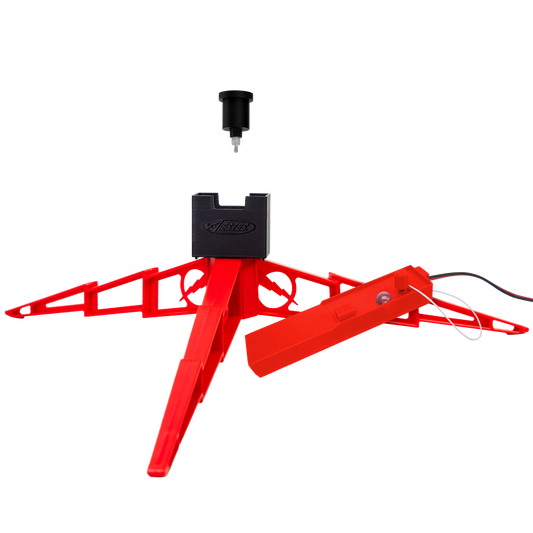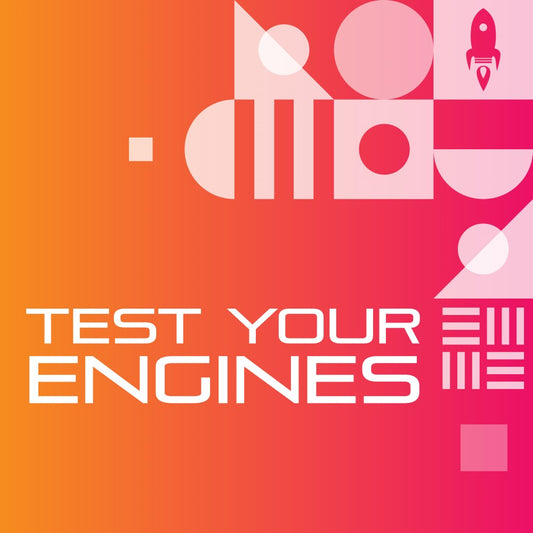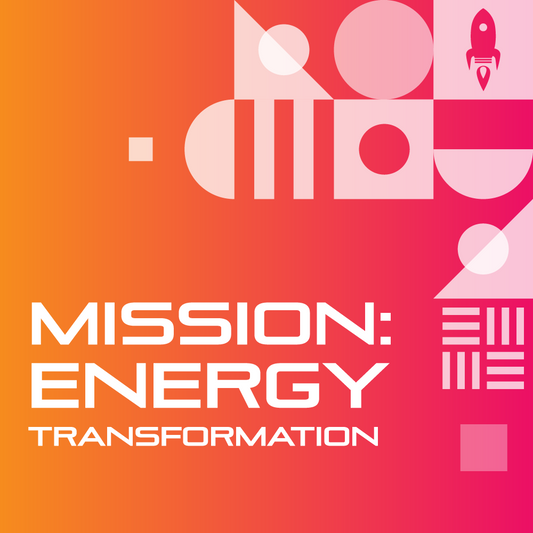Each Student Needs:
- Safety Goggles
- Student Portfolio
Each Classroom Needs:
- A8-0 Engines (pack of 3)
- A10-0T Engines (pack of 4)
- Adapter for the A10-0T Engines (pack of 3)
- Estes Thrust Stand
- Vernier Go Direct® Force and Acceleration Sensor
- Devices with Bluetooth that can load and run the Vernier Graphical Analysis App
- Devices for taking video



















